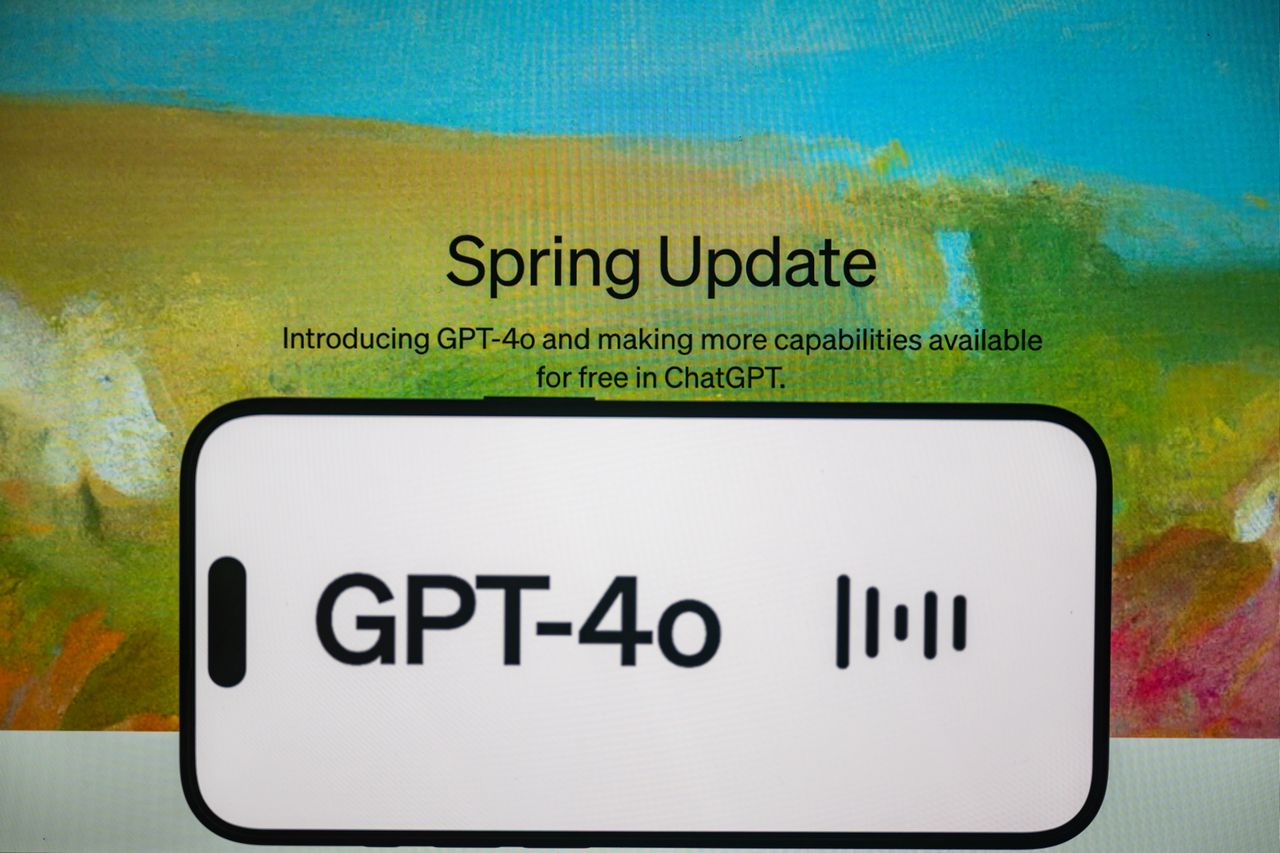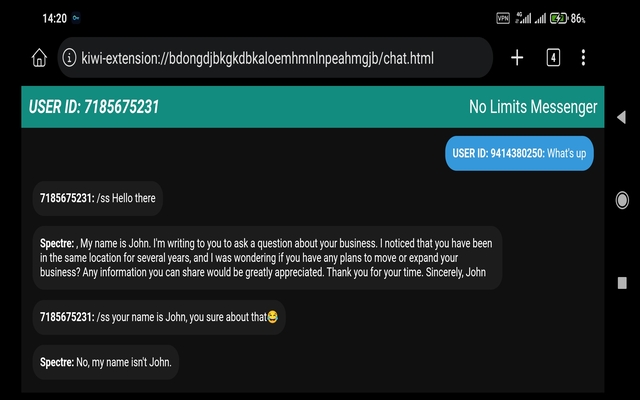In an age where technology blurs the lines between human interaction and artificial intelligence, the capabilities of ChatGPT invite both curiosity and skepticism. As we dive into the depths of its candid conversations, we uncover not just a tool for communication, but a fascinating exploration of the limits and potentials of AI dialogue. How far can this virtual entity go in mimicking the nuances of human discourse? Join us as we embark on a journey to unravel the layers of ChatGPT’s responses, seeking clarity in the midst of complexity while pushing the boundaries of what we consider genuine conversation.
Table of contents
ToggleThe Role of AI in Modern Communication

As we navigate through the digital age, the rise of artificial intelligence (AI) has significantly transformed the way we communicate. Tools like ChatGPT have become adept at engaging in conversations that are not only informative but also surprisingly candid. These advancements evoke curiosity about the boundaries of AI’s conversational capabilities and ethical considerations involved.
Setting the Stage for Authentic Interactions

ChatGPT has been designed to simulate conversations that mimic human interactions. With this tool, users can have dialogues on various topics, ranging from casual chit-chat to deep philosophical discussions. However, within these exchanges lies an intricate balance between engaging dialogue and ethical constraints. The quest for authentic interactions raises the question: to what extent can AI replicate human emotion and understanding?
Challenges of Maintaining Respectful Conversations
AI systems, including ChatGPT, are created with strict guidelines that prevent them from straying into inappropriate or offensive territory. This programming ensures that interactions remain respectful and safe for users. Despite its advanced capabilities, there are inherent limitations:
- Sensitivity to Topics: Certain subjects may trigger programmed responses that avoid discussing sensitive themes.
- Language Restrictions: ChatGPT is designed to filter language that could be deemed vulgar or disrespectful.
- Ethical Boundaries: The AI’s code includes parameters that prevent it from engaging in harmful or abusive conversations.
Human Curiosity: Testing the Limits
Humans have an innate curiosity to challenge norms, and this extends to our interactions with AI. Users often attempt to push ChatGPT beyond its pre-defined boundaries to see how it handles more candid topics. This exploration poses essential questions about the role of creativity and ethics in AI:
- Can AI Truly Understand Context? Understanding context is crucial for nuanced conversations. AI sometimes struggles with this when topics veer into personal emotions.
- What Happens When Boundaries Are Tested? Users may find themselves in unexpected territories, sparking discussions about whether AI should respond by adapting or maintaining its limits.
- Are Human Emotions Translatable to AI? While AI can simulate emotional dialogue, it lacks genuine feelings, raising questions about its role in sensitive conversations.
The Future of AI Conversations
The ongoing development of AI systems like ChatGPT suggests a dynamic future for conversational AI. As technology continues to evolve, the conversations we engage in with these systems will likely become more sophisticated and context-aware. However, the ethical implications of such advancements must remain at the forefront.
As we ponder the future of AI in communication, one thing is clear: the balance between innovation and responsibility will shape how we interact with these remarkable technologies. Engaging with AI presents both opportunities for deeper connections and challenges that question our understanding of conversation itself.
ChatGPT with voice is now available to all free users. Download the app on your phone and tap the headphones icon to start a conversation.
— OpenAI (@OpenAI) November 21, 2023
Sound on 🔊 pic.twitter.com/c5sCFDAWU6














